Getting started with at-home gardening can be intimidating, especially for those of us who struggled to keep houseplants alive in the past! Only total novices think that a little water and a little sun are all the care that plants need.
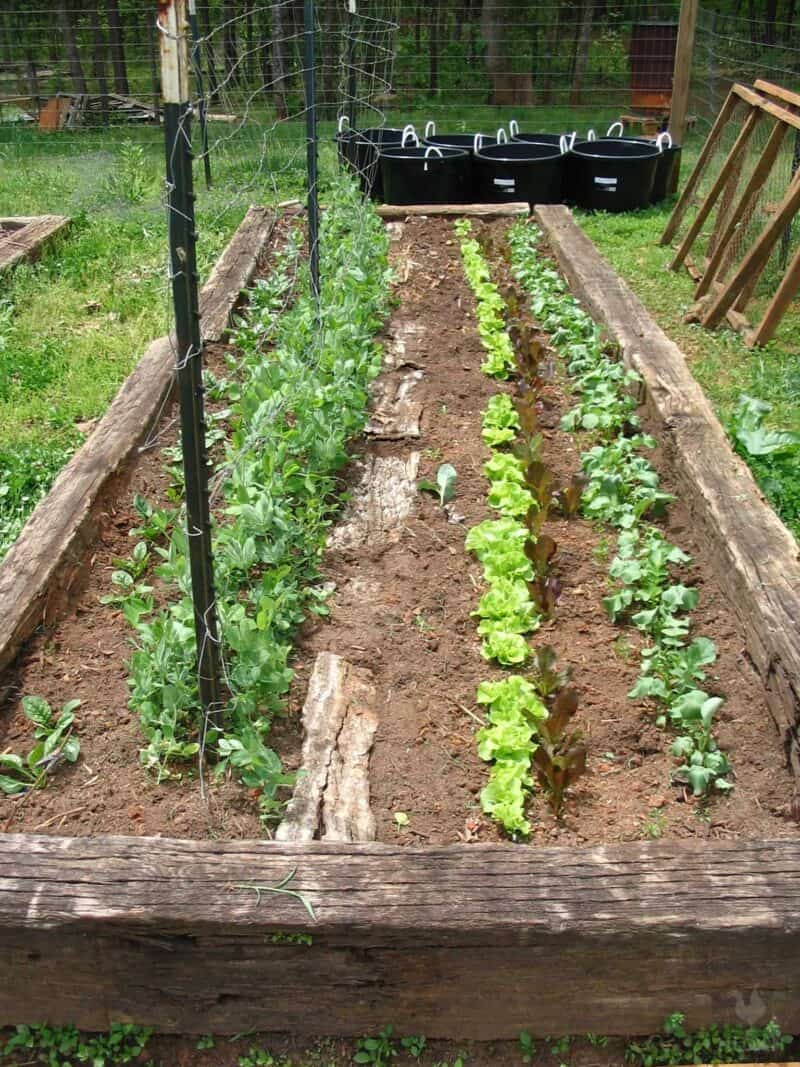
Especially when it comes to vegetables there is a lot more required if you want to enjoy a harvest that is worth all of your efforts…
Considering the differences in care that our veggies need, it can be downright baffling to figure out where you should start and what your best practices are going to be.
But luckily, some vegetables are a cinch to grow in the ground or in a container. If you’re a beginner, these are the veggies you want to start with because they are forgiving, tolerant and bountiful whether grown indoors or out.
I’ll tell you all about the 10 best beginner-friendly veggies below…
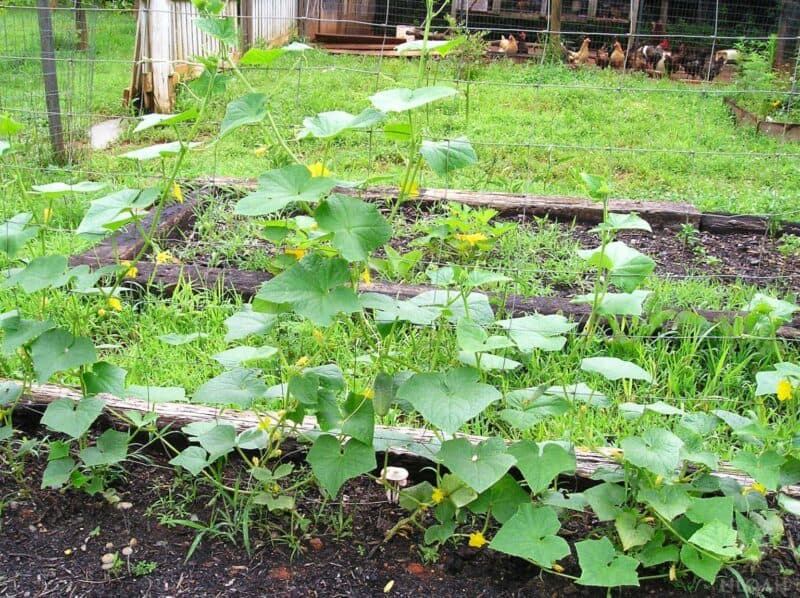
1. Cucumbers
Cucumbers are a fantastic option for beginner gardeners due to their easy cultivation, high production and adaptability.
These vegetables are incredibly adaptable to various climates and require relatively little maintenance.
Additionally, cucumbers come with numerous health benefits, including improved digestion and hydration.
One of the key reasons cucumbers are easy to grow is that they can thrive in both garden beds and containers, making them an excellent option for apartment or small-space gardening.
When planting cucumbers, it’s essential to ensure they receive plenty of sunlight and stay hydrated, which can be achieved by frequent watering or a drip irrigation system.
Grow lights are always a good choice indoors unless you have a very sunny window.
Moreover, cucumbers are prolific growers, meaning that once they start producing fruit, they’ll continue to do so for weeks. They also grow quickly, with some varieties ready for harvest in as little as 50 days.
Overall, cucumbers are an excellent choice for beginning gardeners who want to enjoy a low-maintenance, nutritious crop.
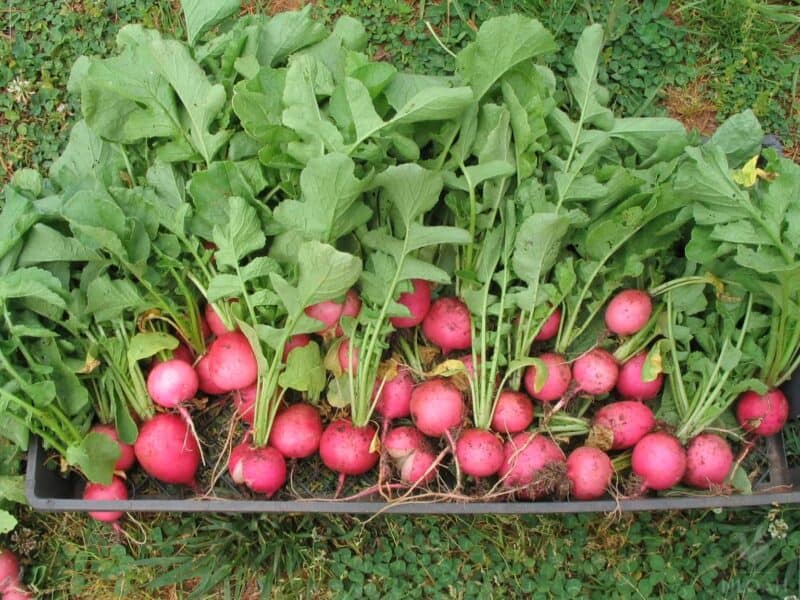
2. Radishes
Radishes are another great vegetable choice for beginner gardeners. Radishes are easy to grow, and they also offer several health benefits. They can also be grown in a relatively short amount of time.
Radishes grow best in cool weather, making them an excellent choice for early spring or fall planting.
They can grow well in deep containers, making them a perfect option for those with limited garden space.
Additionally, radishes are highly versatile in terms of soil type, and they mature quickly, generally taking 25-30 days from seed to harvest. If you are an impatient starting gardener, radishes will make your day!
Overall, radishes are a fantastic choice for beginner gardeners who want a quick-growing, nutritious crop.
They require minimal upkeep and can be grown in containers or garden beds, making them a highly adaptable option for any space.
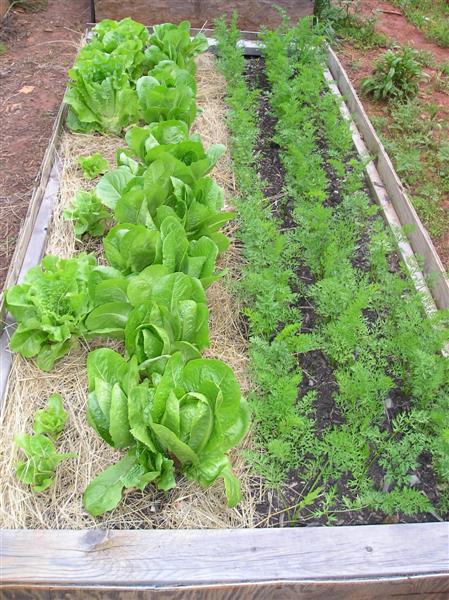
3. Beets
Another seemingly perfect vegetable for beginner gardeners, beets are easy to start and tolerant of different soil types and growing conditions.
They thrive in cooler weather but can also tolerate hot, dry conditions, making them suitable for various climates or for people who might not nail their requirements due to a lack of experience.
Additionally, beet seeds are relatively foolproof to germinate, and they germinate quickly: taking only about 7-10 days on average.
Beets grow best in well-draining soil, and they require plenty of water, especially during hot and dry weather conditions.
They also enjoy full sun or partial shade, allowing them to be grown in various garden spaces or even moved around without worry when in containers.
Aside from being low maintenance, beets are highly nutritious and versatile vegetables. They’re rich in fiber, vitamins, and minerals, making them an excellent addition to any diet.
Simplicity of growth and good health benefits: What’s not to love?
4. Potatoes
Potatoes may seem like a daunting vegetable for beginner gardeners, but they’re surprisingly easy to grow and perfect for those looking for a hardy crop that can be stored well into the winter months.
Once you master the basics of growing potatoes, they can be an incredibly satisfying and simple crop to cultivate.
Potatoes can be grown in pots, grow bags or in the ground, meaning you have options for placement no matter where you live.
They’re also known for their resilience, as potatoes are frost-tolerant and can even survive a fairly significant frost with little impact on quality.
Potatoes do require more patience than other root veggies on this list, but they can still be grown relatively quickly, with some varieties ready for harvesting in as little as 70 days.
Aside from their ease of cultivation, potatoes are an incredibly versatile vegetable as you well know.
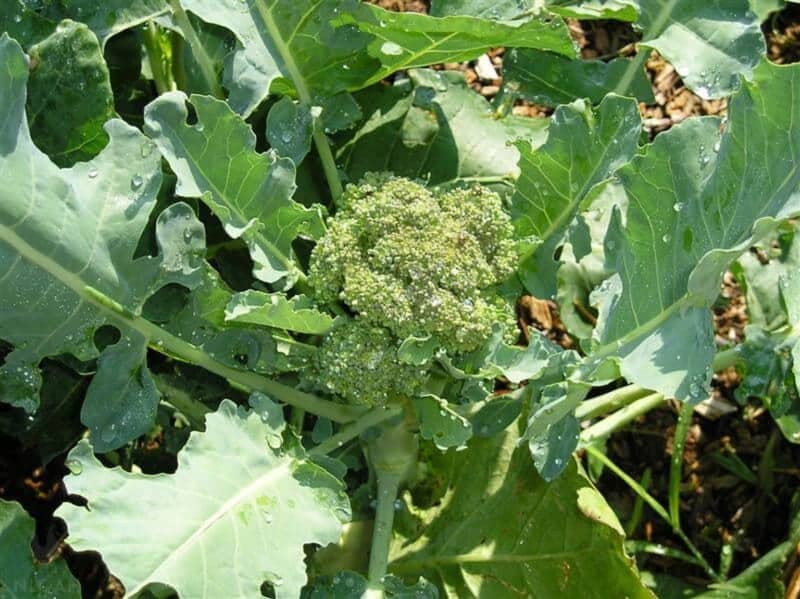
5. Broccoli
Broccoli is the king of veggies, and despite its reputation for great health and infamous vulnerability to many pests, it remains a great option for brand-new gardeners to grow. Protecting it is easy, and kept safe from bugs it is hardy and healthy otherwise.
Broccoli is best grown in cool weather, so it’s essential to plant it in the early spring or fall to allow it plenty of time to mature.
It prefers full sun exposure, fertile soil, and consistent moisture, but it can tolerate partial shade and less-than-perfect soil, making it adaptable to a range of planting conditions- and also tolerant of newbie mistakes!
Aside from being beginner-friendly, broccoli offers numerous benefits to any gardeners’ health. It is packed with vitamins, minerals, and antioxidants, making it an excellent addition to any diet and it also has anti-inflammatory properties, and supports digestion and heart health.
Whether you’re a seasoned gardener or new to the hobby, broccoli is an excellent crop to grow in your garden.
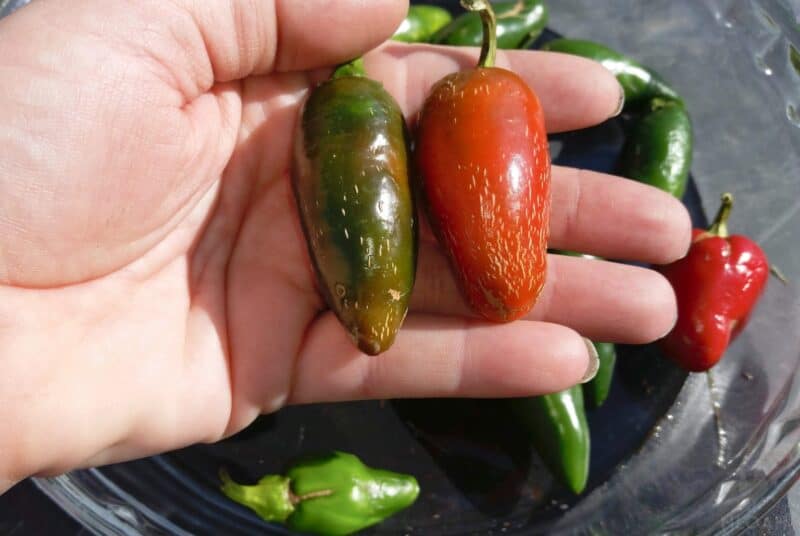
6. Peppers
Peppers offer a wide variety of cultivars to suit different locations and tastes. From sweet bell peppers to spicy jalapenos and enamel-melting habaneros, and everything in-between, there’s a pepper out there for every gardener to enjoy.
While some varieties, such as bell peppers, require a longer growing season, others, like chili peppers, can mature quickly and be harvested within 60-90 days.
Peppers thrive in warm temperatures and full sun, and can often be grown in containers, making them ideal for cultivation on patios, balconies, and decks.
Peppers are relatively low maintenance, but they can be susceptible to pests and disease. It’s essential to monitor them regularly and use natural insecticides when needed. If you can do that, you will get along fine with peppers.
One easy trick: Mulching around the base of the plant can also help to minimize some common garden pests while improving moisture retention.
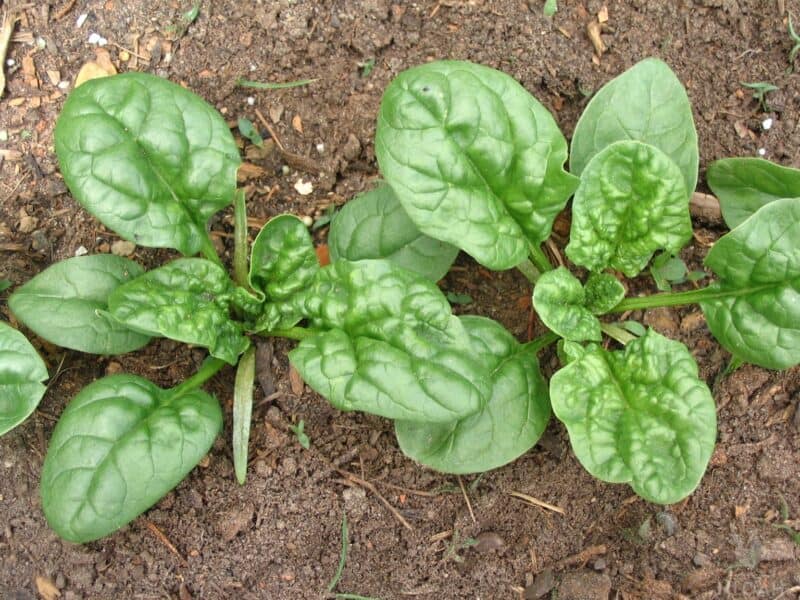
7. Spinach
Spinach is a leafy green vegetable that grows fast, grows big, and grows continually, making it a “set-and-forget” veggie that is a joy to raise.
It thrives in cooler temperatures, making it an excellent crop for planting in the early spring or fall.
The plant is low maintenance, needing only occasional watering and attention to pests and disease.
Another reason why spinach is an excellent option for beginner gardeners is that it’s a relatively fast-growing crop, meaning that it can be harvested in as little as four weeks after planting.
Easy to grow, highly nutritious, and versatile in terms of culinary applications. Whether you’re a seasoned gardener or are just starting, spinach is an excellent crop to grow in your garden or containers.

8. Kale
You’ll soon learn that most of the leafy veggies are ideal for beginners because they are so darn easy to grow.
Kale is an excellent option among them, especially for beginner gardeners since many varieties are optimized for different regions and weather.
This leafy vegetable thrives in cooler temperatures, making it a perfect crop for planting in the early spring or late summer.
Moreover, one of the excellent features of kale is that it can be harvested when partially mature, allowing for a continual supply of greens throughout the growing season.
Just pinch off what you need when you need it. Kale is also a fast-growing crop, with some varieties ready for harvesting as early as 30 to 60 days after planting.
Harvesting leaves only promotes the growth of new leaves!
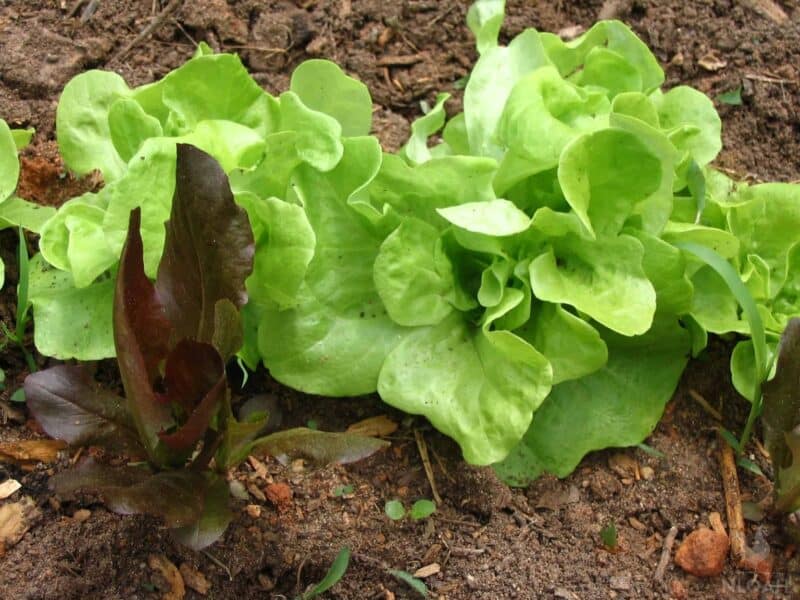
9. Lettuce
Another leafy veggie! Lettuce is a ubiquitous vegetable, but one with a surprising amount of variety.
But whether you choose to grow loose-leaf, butterhead, romaine or crisp head, growing lettuce will provide you with a fresh and delicious harvest throughout the growing season.
Lettuce is a low-maintenance crop, requiring only occasional watering and attention to pests and disease.
It’s also quick to mature, with some varieties ready for harvesting only four weeks after planting.
Because lettuce prefers cooler temperatures and consistent moisture, it’s an excellent option for planting in the early spring or fall, in containers or in the garden.
Even though some lettuce cultivars get really big, due to the compact size of the roots lettuce is an excellent option for container gardening, making it a great choice for those with small gardens and patios.
Overall, lettuce is possibly the single best veggie for beginner gardeners, second perhaps only to lettuce, as it offers a variety of options to meet their growing space, culinary preferences, and nutritional needs.
With minimal maintenance, lettuce can be a valuable addition to your garden, providing an abundance of fresh greens to your table.
10. Arugula
An excellent choice for beginner gardeners, and an inspired veggie for dinner with its distinct flavor and high nutritional value.
Arugula has a bold and spicy flavor that makes it the perfect addition to salads, pastas, pizzas, sandwiches, and other dishes.
Nutritionally speaking, arugula is packed with vitamins A and C as well as essential minerals such as calcium, potassium and magnesium.
Arugula likes full sun and thrives in cooler temperatures, making it a dependable early spring or late summer crop.
Arugula is also relatively low maintenance even compared to other leafy vegetables, and it is tenacious, requiring minimal attention to pests and diseases.
Even for novice gardeners, it does not get more forgiving than this. It can also tolerate slightly acidic soil that would threaten other plants.
Even better, compared to other greens such as kale or lettuce, arugula matures faster— some varieties are ready for harvesting as little as 28 days after planting! This is a speed of maturation rivaled only by some radishes.
Any gardeners looking for a unique taste and high nutritional value from their crops will get along fine with arugula, and beginners will definitely appreciate how little maintenance is required.
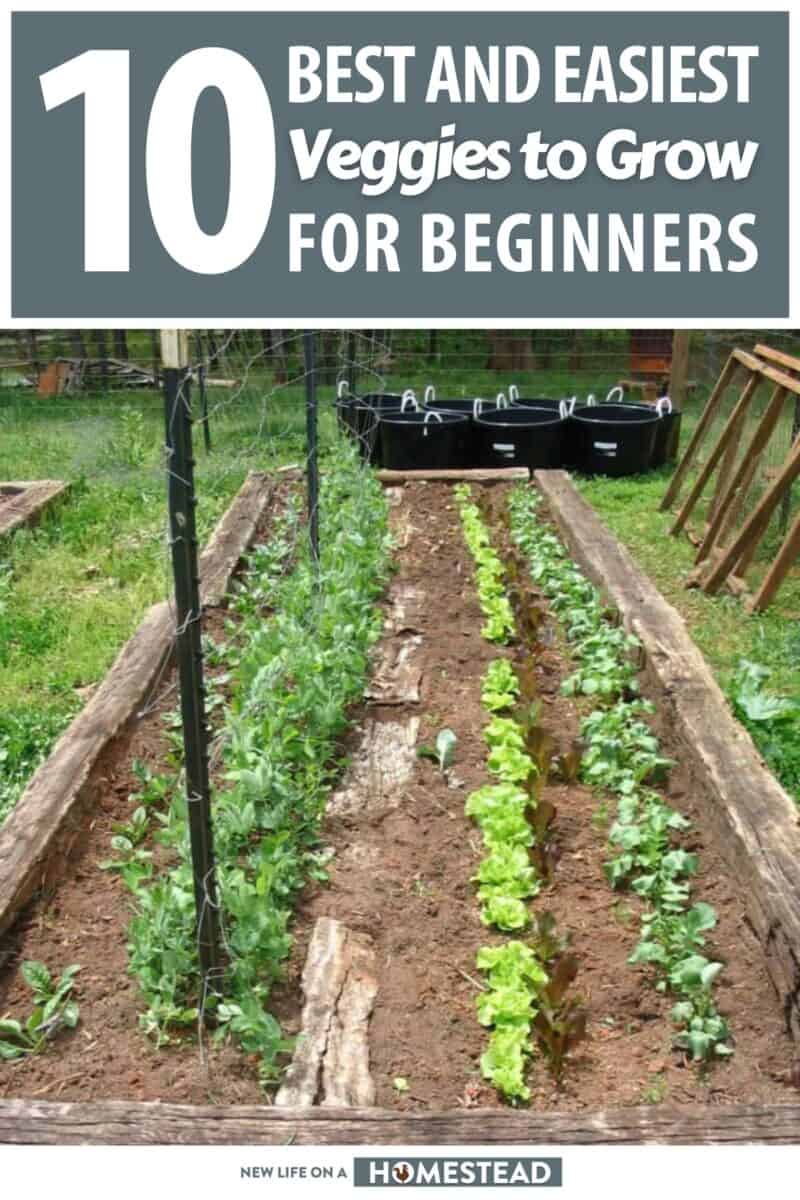
Tom has lived and worked on farms and homesteads from the Carolinas to Kentucky and beyond. He is passionate about helping people prepare for tough times by embracing lifestyles of self-sufficiency.
